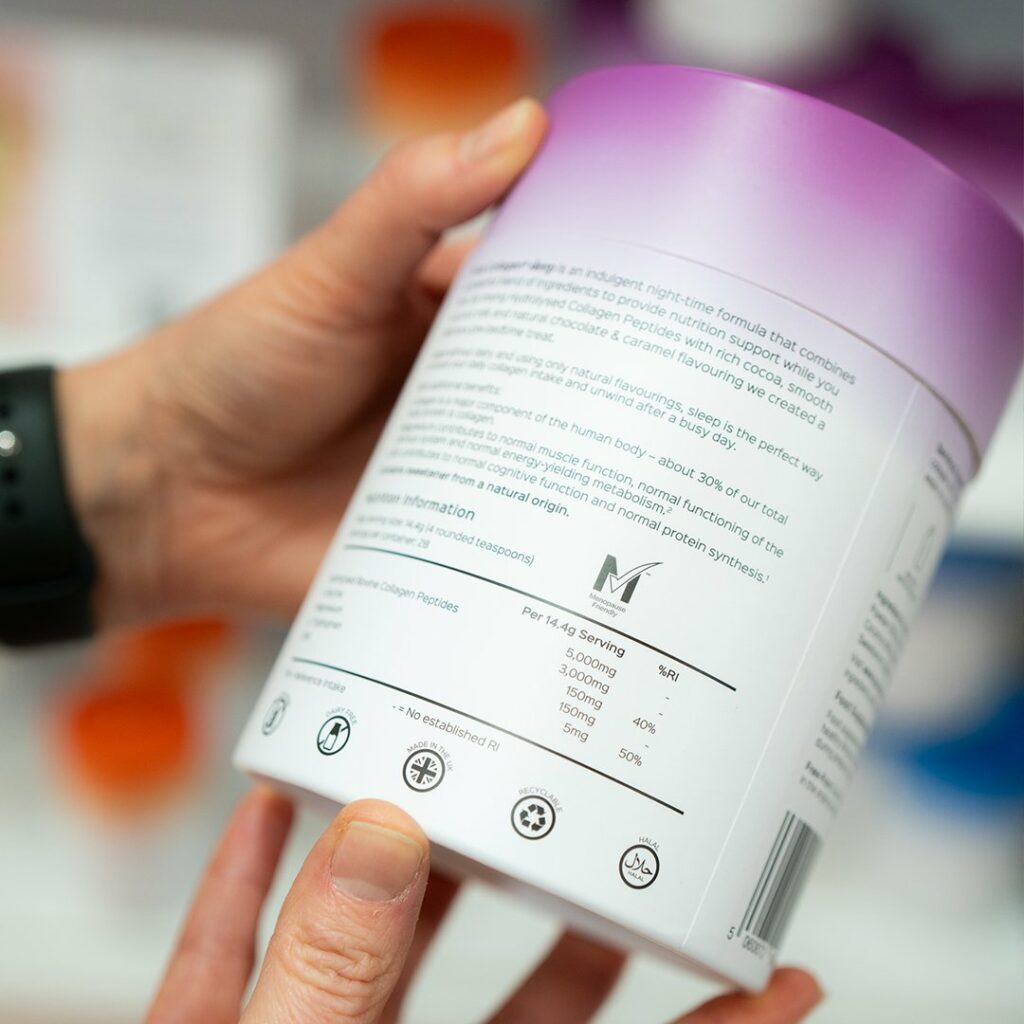THE 48 SIGNS OF MENOPAUSE
‘The change’ changes everything.
No two women’s menopause is exactly the same, but most will experience at least one of 48 signs at some point – during perimenopause, menopause, or post-menopause meaning brands and retailers have 48 reasons to support her.


Women demand choice and visibility
Our robust research tells us that most women are looking for alternative and complementary solutions to manage their menopause, their way. This isn’t about HRT or no HRT , this is about giving her choice.
With 48 signs needing products to support, it’s likely you already offer solutions to support this audience better.
Partnering with GenM and using the MTick makes your products visible to the consumer. There’s also an opportunity to display your products in both dedicated menopause space within retailers online and instore.
All 48 signs
Search Symptom
Altered skin
Been struck by lightning recently? No. Rubbed a balloon on your head? Nope. Rocked on down to Electric Avenue? Definitely not. Or could those strange little shocks you keep feeling be the menopause at play?
Read moreBladder weakness
A sudden sneeze sneaks up on you and oh great… you’ve weed yourself a bit. Same goes for a spontaneous laugh, when you lift anything heavy or try to jump up and down (no trampolining for you today my love).
Read moreBody odour
You catch an unpleasant smell as you stand up to go make a drink. Hold on, is that you or someone else? You are a bit sweaty under your arms and down there…Wasn’t BO supposed to do one after our teens?
Read moreBreathing difficulties
Short of breath? Could it be asthma? Or maybe it’s just another cold? Whatever it is, you seem to be wheezing all over the place. Even walking up the stairs at home has become a struggle.
Read moreBurning mouth syndrome
Feel like someone’s shoved a ghost chilli into your chops while you weren’t looking? Or like you drank your tea too soon, only you’re not actually drinking tea?
Read moreChanges in breast size
You might have been longing for bigger boobs your whole life or were perfectly happy with the size of your bust… Either way, it can be disconcerting and uncomfortable when your cups start spilling over and you’re nowhere near puberty.
Read moreChanges in sex drive
For some women, the menopause is an incredibly liberating time when it comes to sex – for a start, we don’t have to worry about unplanned pregnancy anymore.* But for many, this wonderful freedom we hoped for doesn’t come.
Read moreChanges in skin texture
You accept that your skin is going to age – but has someone suddenly pressed fast forward? Your face feels like it’s losing its bounce-back-ability.
Read more